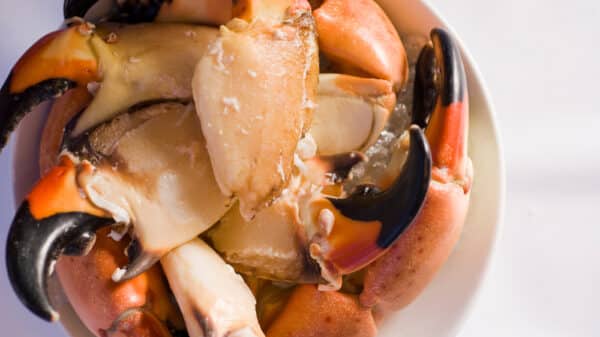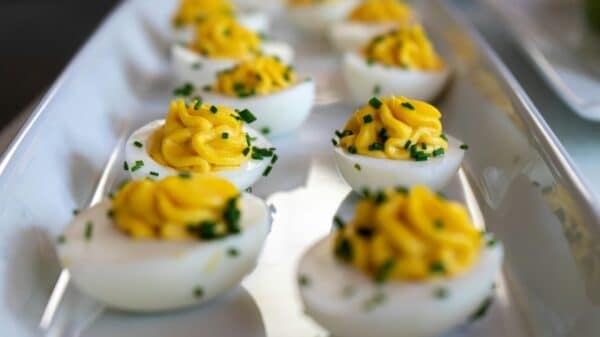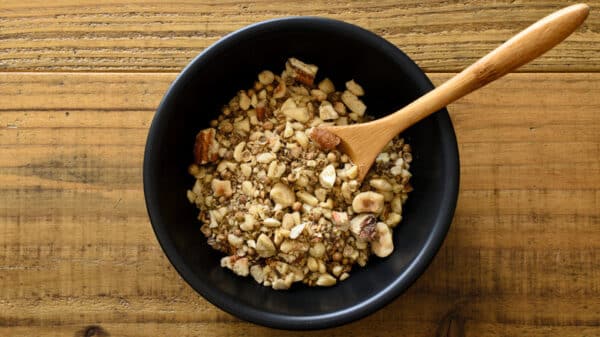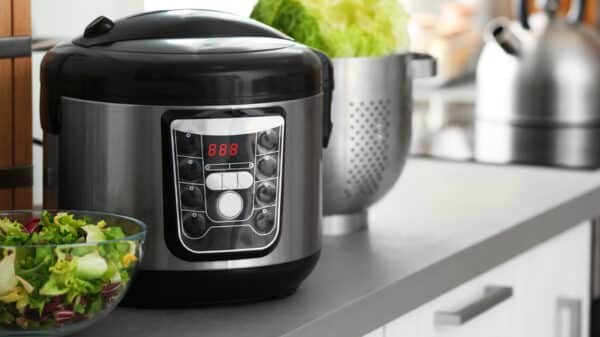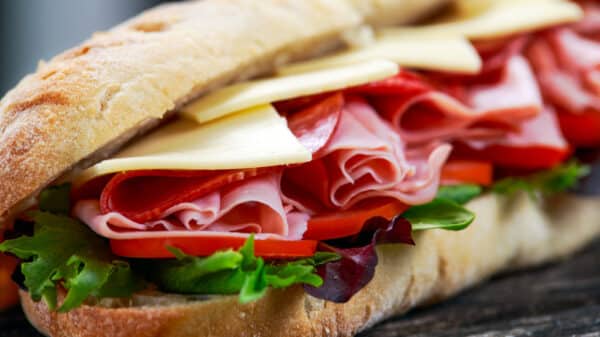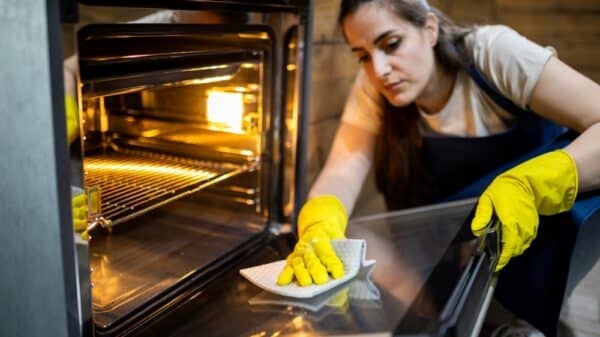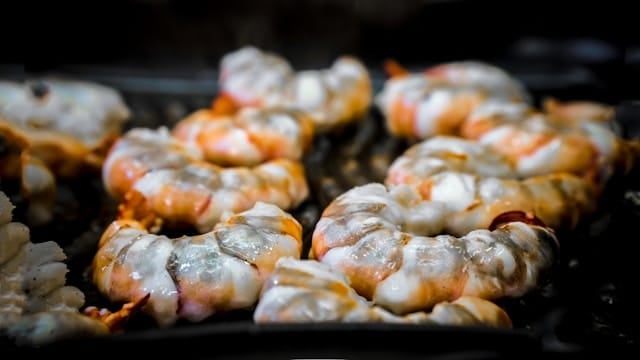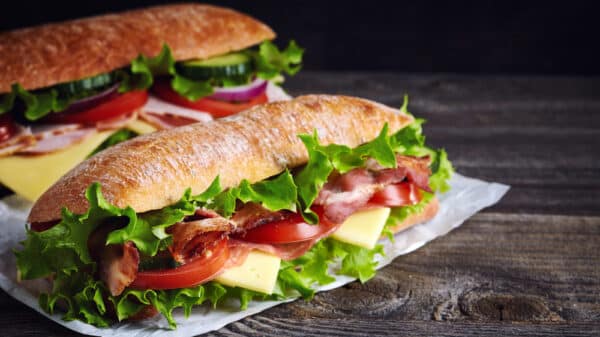We’ve all been there — the grill is fired up, everyone is gathered around, and then you remember that vital ingredient is still a frozen block. Your heart sinks as you contemplate what to do next. It’s especially disheartening when it’s seafood, a dish you had high hopes for. While it might seem like a quick fix to just slap that frozen fish or shrimp on the grill and pray for the best, you might want to pause and reconsider. Cooking frozen seafood straight on the grill can lead to dining disappointment.
When you grill seafood that’s still frozen, the heat means the outside often sizzles away while the inside struggles to thaw. This can result in overcooked, dry edges with a cold or improperly cooked center — not a combination you want. If you’re gearing up to impress friends with your seafood skills this weekend, make sure you allow ample time to thaw before grilling.
How to thaw your seafood before grilling
The best way to ensure your seafood is perfectly thawed and ready to grill is to plan ahead. Ideally, place your frozen seafood in the fridge overnight. This slow thawing allows the texture and flavors to develop beautifully. Avoid leaving it out on the counter, as this can turn into a breeding ground for bacteria, making your food unsafe. While microwaving is an option approved by the FDA for thawing, it can result in a rubbery texture that undermines the quality of your seafood.
If you find yourself short on time, there’s a quick fix! Submerge your seafood in cold water for about 10 minutes, changing the water as needed to keep it chilly. Definitely steer clear of hot water, as that can cause the outside to cook while the inside remains frozen — you want even thawing without bacteria risks.
And if you’re truly in a bind and must grill from frozen, wrapping your seafood in aluminum foil can help it thaw as it cooks. Just remember, with a little preparation, grilling can become a delightful way to enjoy your favorite seafood dishes.
Are there health risks to grilling frozen seafood?
Your main concern with grilling frozen seafood might just be the texture — we all love that melt-in-your-mouth experience, after all! Interestingly, frozen seafood is typically safer to eat raw since the freezing process can eliminate any parasites. However, that doesn’t mean you should be reckless with cooking. It’s still critical to ensure that it reaches a safe internal temperature to avoid any foodborne illnesses.
Freezing doesn’t eliminate all harmful bacteria, and of course, we’ve all heard the stories about undercooked seafood causing gastroenteritis. For shellfish lovers, raw oysters can carry even bigger risks, such as vibriosis, which can be quite severe. To keep your meal delicious and safe, aim to cook your seafood to around 145 degrees Fahrenheit; that’s typically when fish will flake easily and shellfish become opaque and firm.
Image Source: Unsplash


